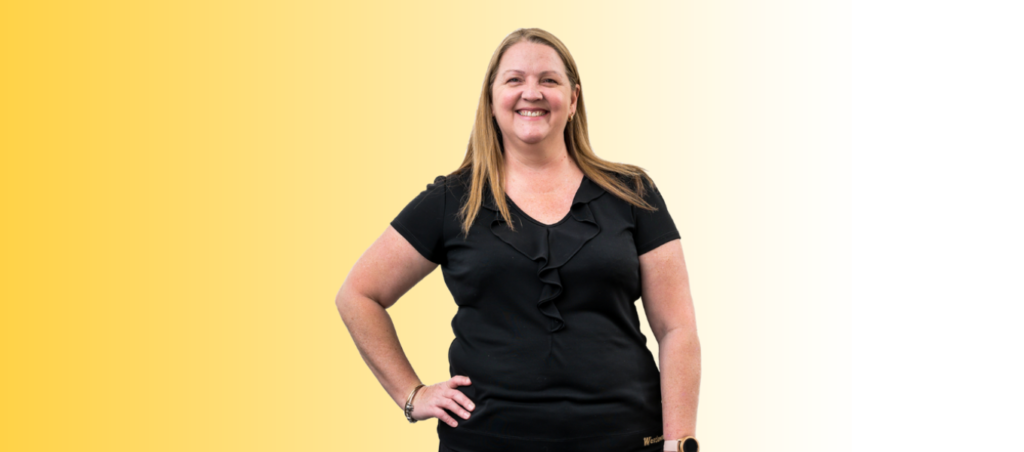In the aftermath of the bushfires that swept through the Blue Mountains last October, destroying more than 200 homes and severely damaging a further 110,.a serious issue facing many Australian homeowners was brought to the fore. Many victims who thought they were adequately insured are now coming to terms with the fact that they may not have the cover needed to rebuild on their land.
And earlier this month, further homes and property were destroyed outside Melbourne in what has been described as Victoria’s worst bushfire day since the Black Saturday fires of 7 February 2009. In the weeks and months ahead, there will likely be similar stories from Victoria as those now being experienced by victims of the Blue Mountains blazes.
Long wait as clean up gets off to slow start
After getting off to a slow start, 3 months on from the Blue Mountains fires more than 90% of properties have finally been cleared and blocks ready for rebuilding. But for the residents, it’s been a long wait.
Michael Gallacher, NSW Minister for Police and Emergency Services acknowledged the stress suffered by those who’d lost their homes, “Understandably, the last few months have been incredibly stressful for residents, and our objective has been to make sure clean-up works were done as quickly as possible so people could get on with rebuilding,” he said.
But unfortunately, the stress will not end for many of those bushfire victims now that the clean up has been mostly completed.
New regulations to significantly increase rebuilding costs
The Australian newspaper reported on 4 January that victims of the Blue Mountains bushfires face insurance shortfalls of up to $200,000 because of new building regulations that will significantly increase the costs of rebuilding homes.
“New national building standards created after the Victorian bushfires introduced stringent requirements for houses in the highest category of risk, called the “flame zone”, such as heat-resistant glass, and ember-resistant roof membranes.
“Many of the residents were unaware of the cost of the new requirements and had insured their homes for replacing the existing structure, without realising how much more expensive a new, fire-resistant structure would be.”
Former NSW Rural Fire Service Commissioner, Phil Koperberg, has been coordinating recovery efforts in the Blue Mountains. He stated that underinsurance would be a major issue in the rebuilding task.
In its report, The Australian illustrated this major issue with the case of one Winmalee resident whose house had been destroyed. Costing $300,000 to build 11 years ago, it was insured at $720,000. Quotes to rebuild the house using heat resistant glass as required by the new building standards, however, ranged from $850,000 to $1 million.
“We can’t rebuild the house we had. We either have to reduce the size, or move on, which we don’t want to do, but unfortunately we probably have to,” the Winmalee resident said.
Biggest issue to emerge from fires
An Insurance Council of Australia spokesperson said that under-insurance was a big issue across Australia with a recent survey finding 80% of householders were under-insured.
In November last year, more than 200 residents joined insurance industry and government representatives at a forum in Springwood to discuss recovery efforts.
National Insurance Brokers Association CEO, Dallas Booth, attended the forum. He said the biggest issue to emerge from the fires was the gap between the average sum insured and the actual rebuilding cost.
“Over the past 10 years there have been some quite dramatic changes in regulation around planning, developing, building and rebuilding properties in fire-prone areas,” he said.
“Many properties are now required to comply with the Bushfire Attack Level, or BAL, rating system.
“For the average house it can add $80,000 to $120,000 to the rebuilding costs just to comply with BAL. It has a dramatic impact,” Booth said.
Bushfire Attack Level
The NSW Rural Fire Service refers to the BAL as a: “means of measuring the severity of a building’s potential exposure to ember attack, radiant heat and direct flame contact”.
There are 6 bushfire attack levels used to determine the appropriate construction to be applied to any new development. Ranging from BAL-LOW through to Flame Zone, the site’s level is determined by:
- The type of vegetation.
- How close the building is to the vegetation.
- What the effective slope is (fire runs more readily and with greater intensity uphill).
- The Fire Danger Index applicable to the region
You can find out more about BAL and the necessary building requirements from the NSW Rural Fire Service website.
If you have any questions about your home insurance, contact your Westlawn Insurance Broker.
17 February 2014
Related Tag: Mortgage Broking Tenterfield
Westlawn Insurance Brokers Pty Ltd ABN 65 075 847 291 AFSL No. 246520



